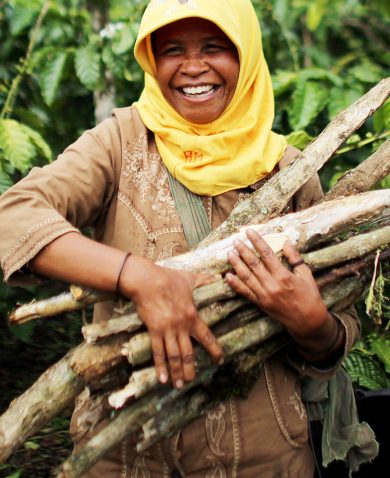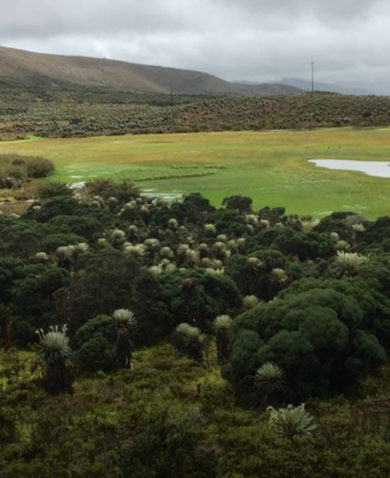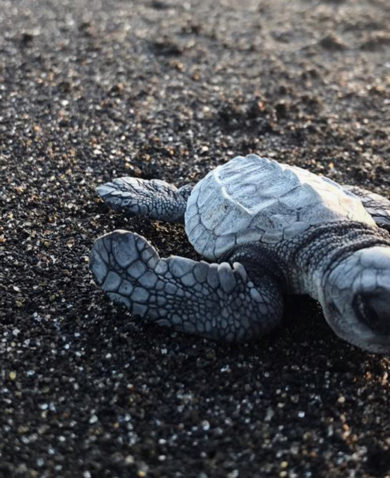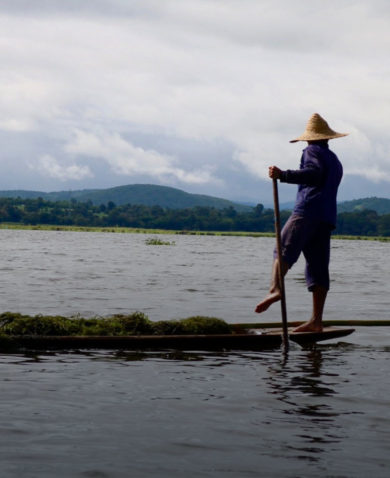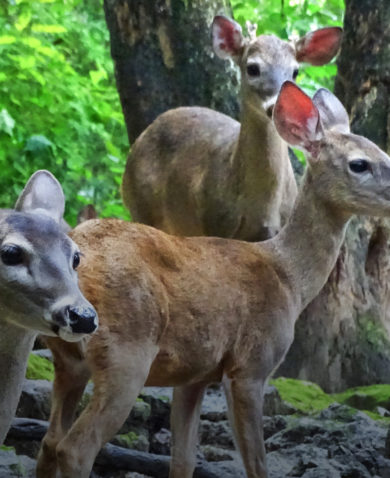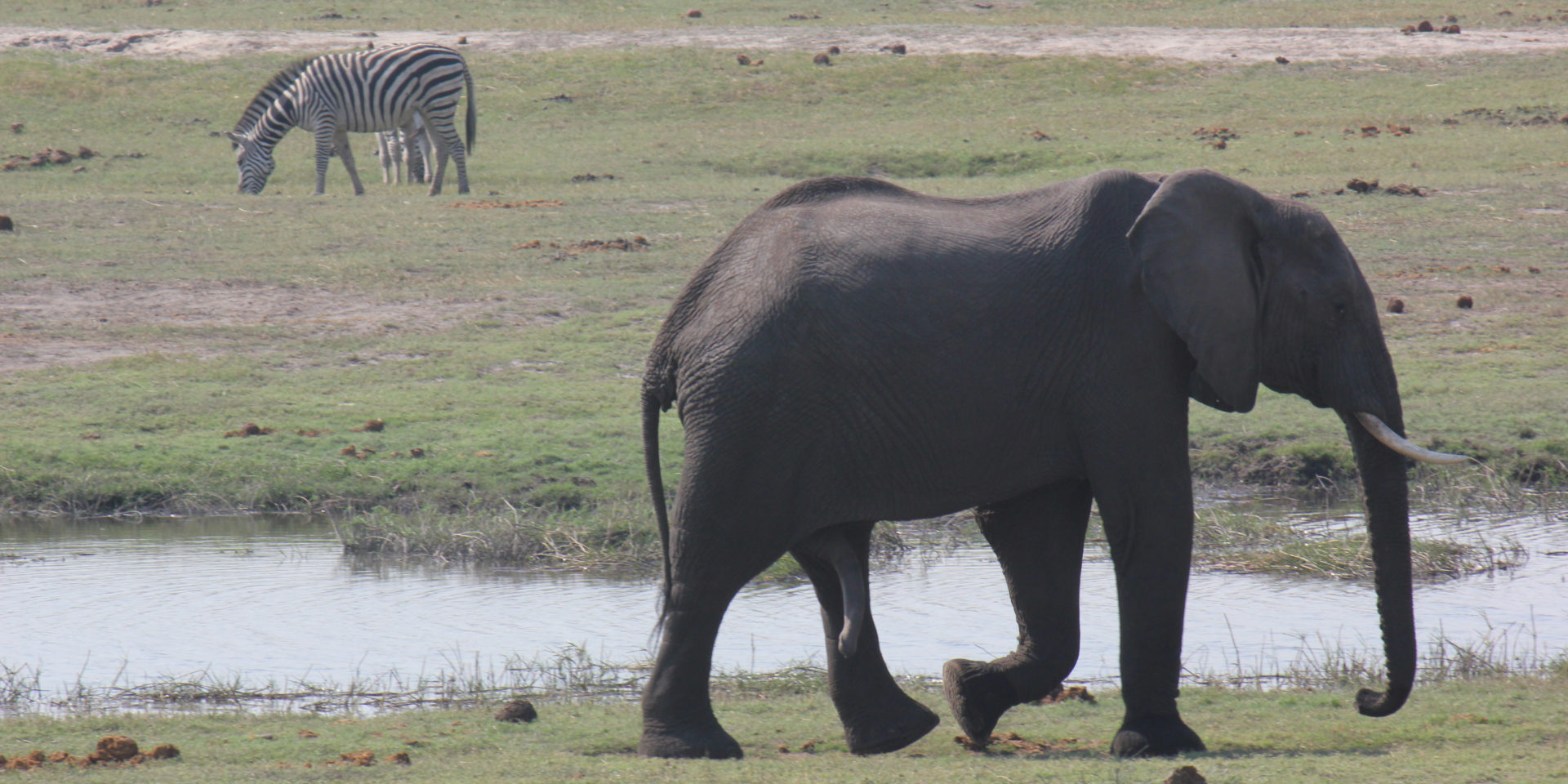
Wildlife and Plant Trafficking – Is Prohibition the Only Answer?
October 26, 2016 | 4 Minute ReadRural development expert Steve Collins questions whether merely prohibiting wildlife and plant trafficking is enough to curb these widespread crimes.
A few weeks after the CITES COP17, which took place earlier this month in Johannesburg, I am left wondering: What impact will the increased prohibitions on the international trade of endangered animal and plant products have? And how will the rural African communities I work with, who deal with dangerous wild animals, see the agreements?
The key question for any assessment of CITES is whether prohibition is the answer to the problem of illegal trade in endangered species. It looked to me like most countries came to CITES with their minds made up that prohibition and law enforcement is the answer to stopping trade, both legal and illegal, that is threatening numerous species. This is a complex problem, however, and prohibition alone seems too simplistic an answer.
What makes the problem so complex? Beyond an increased legal framework, what should we be considering and spending resources on if we are going to prevent the extinction of these animals and plants?
Weak law enforcement capacity is common
Sub-Saharan Africa, which is home to over half the endangered species listed under CITES, is facing unprecedented population growth, poverty, and associated problems. With increasing demand for development, changes in land use threaten wildlife areas; there is a need for jobs that often rely on the extraction and exportation of minerals. Unfortunately, violent crime and corruption are also part of the picture.
Under-resourced policing means that dealing with crime against animals is normally at the bottom of a long list of policing priorities. Unless there is investment in building the capacity of wildlife crime enforcers in countries where the wildlife exists, the trade will not be stamped out. One of the highlights for me at CITES was hearing about the many efforts being made to boost the enforcement capacity of African countries.
Wildlife trade and poaching increase with development and economic growth
As African economies grow, much of it driven by Chinese demand for minerals and wood, there is a clear link to an increase in poaching and illegal animal product trading. This has been suspected for a long time and was referred to numerous times at CITES. The new roads created for economic development, for example, create opportunities for workers to make additional money by transporting rhino horn, ivory, and other high-value products back home.
The answer to this problem is not stopping development. One of the key enabling factors allowing for local people to become poachers is poverty and the lack of development. Perhaps the solution is in long-term education of young people in demand countries about the impact of killing animals for decorative and medicinal use, as well as holding development companies accountable for the actions of their workers. The increase in Chinese and Vietnamese safari tourism in South Africa is encouraging, as it part of the education and awareness process that is needed.
Rural poverty creates an enabling environment for poaching
Africa is still dealing with the many problems caused by colonialism and apartheid economic exclusion. Two of these problems are the poverty of indigenous rural people and the fact that most protected areas were created by forcibly removing people. In many instances, these communities were then excluded from benefits such as tourism and biodiversity-based business. However, they have had to bear the ongoing costs of dangerous animals killing residents and livestock as well as destroying crops that the communities often depend on to survive.
Given this reality, it is not hard to see why rural jobless people are easy recruits for middlemen looking for poachers. These men often see the animals they kill as someone else’s asset and part of an economy they are excluded from and, worse, inconvenienced by. Until rural communities become part of the biodiversity economy and see how they benefit from it, they will not take ownership of the animals being poached.
Namibia is a good example of what is possible. There, community conservancies have legal rights and ownership of tourism and hunting concessions. They look after “their own” rhinos because they see them as assets creating jobs and income. In the rest of southern Africa, there has been a move away from this community-based approach toward a more “fences and fines” one. In part, this is seen by the militarized state response to poaching leading to further alienation of rural people from their wildlife resources.
Rural communities are excluded from the discussion
The same rural communities where the “frontline” of the war between illegal poachers and militarized conservation officials is taking place have been excluded from the debates and decisions about trafficking. As a result, they see decisions as being imposed on them by local and foreign politicians as well as “first-world animal lovers” who do not have to deal with the reality of living with wild animals.
Establishing a rural community committee might be a start to try include communities in the debates; however, each country needs to look at what they are doing to devolve rights and include these communities in the CITES processes.
Do we truly understand what is driving the demand?
At CITES, I heard that there are signs that the demand for ivory and rhino horn was on the decline. If that is true, the poachers have not heard this. Also for the first time, I heard different reports on what rhino horn was being used for. One report said that it was originally used mostly as an antidote for smugglers hunting poisonous sea snakes but that the western media’s misperception that it was being used as an aphrodisiac created a demand for it as such.
In conclusion, a hard-line policing approach drives trade underground and increases resale value because of the risks associated with harvesting and selling animal products, which in turn makes the trade more attractive to criminals. Policy-makers need to be closer to both the rural communities who live with the endangered species and the end-users before we start making interventions to reduce demand and change people’s ideas.









